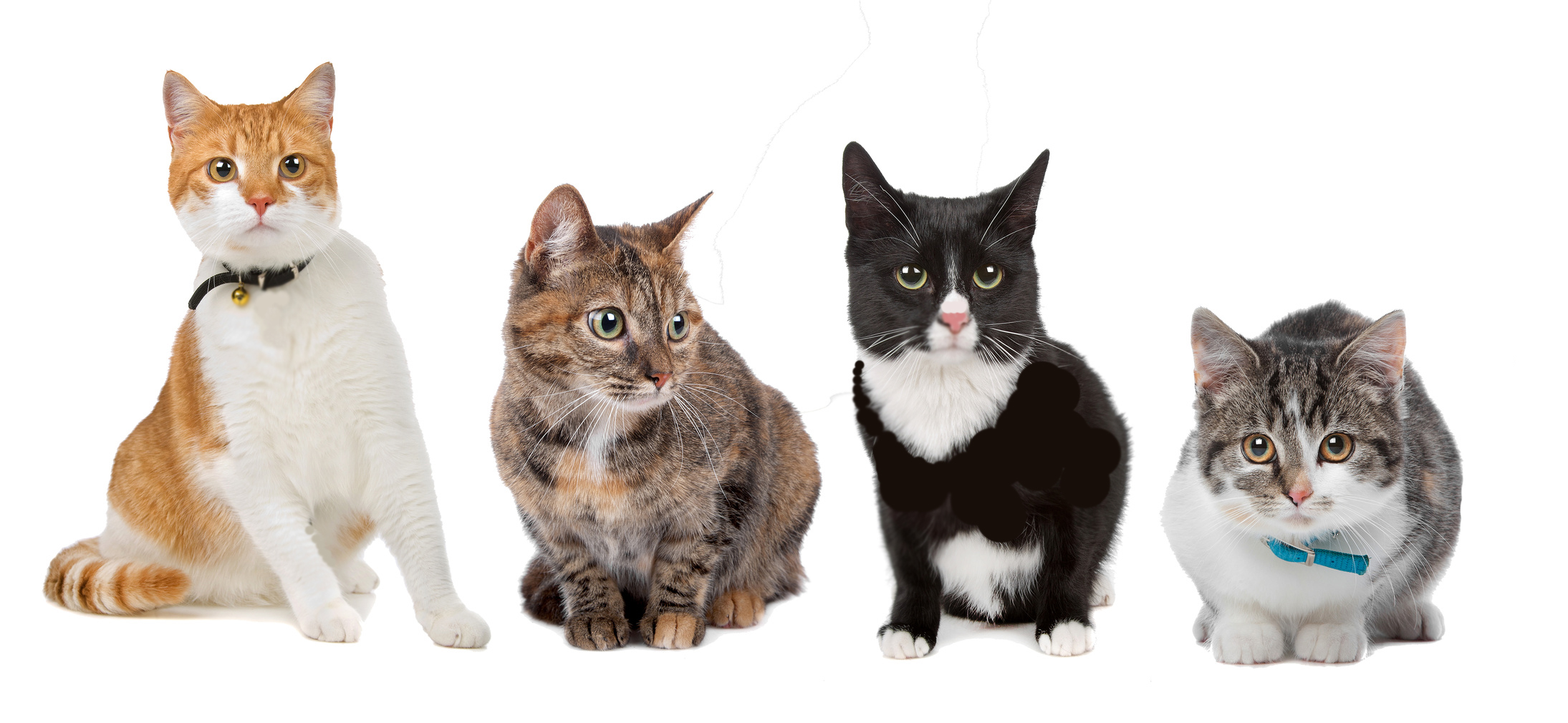Onychectomy (noun): surgical excision of a fingernail or toenail. To humans, this simple surgical procedure yields promise for it not only aims to curb infection from spreading to other extremities but can relieve pain inflicted by ingrown nails and repair abnormal or misaligned nails. Of course, pet owners with, say, bleeding disorders or immunodeficiencies that may be concerned for their health or those that simply dislike scratching are naturally drawn to such measure.
Declawing is harmless, right? Wrong. Most European countries and some major U.S cities, such as San Francisco, Los Angeles and Denver have banned this practice. The Humane Society of the United States condones declawing only on rare occasions. In other words, when “it is necessary for medical purposes, such as the removal of cancerous nail bed tumors.”
Contrary to popular belief, declawing is not the feline-equivalent of a manicure and declawing does not simply trim nor remove the cat’s nails. Standard declawing consists of amputating the last bone of each toe, either by scalpel or nail trimmer—otherwise known as the “guillotine clipper.”
Should this procedure be conducted on a human, declawing parallels cutting off the last knuckle of each finger. According to the Humane Society, laser surgery is another method, in which an “intense beam of light cuts through tissue by heating and vaporizing it.” Following surgery, the wounds are closed with stitches or surgical glue; then, the feet are bandaged.
Another device is the tendonectomy. In this procedure, cats may retain their claws however, the tendon that controls the claw is severed. Therefore, the cat cannot scratch, let alone control them.
Since our feline friends are unable to naturally wear down their claws, pet owners are then charged with the task and must remain diligent. Otherwise, their cat’s claws shall grow thick and curly into their paw pads. Though this procedure does not include amputation, a study in the Journal of the American Veterinary Medical Association published in 1998 found that bleeding, infection and lameness between tendonectomy and declawing were quite similar. Should a complication arise, the tendonectomy may entail declawing.
Nonetheless, declawing is a procedure that still concerns the removal of a feline’s last toe bone and may reap consequence.
The costs of declawing are far from few. Side effects include, and are not limited to, paw and back pain, nerve damage, either temporary or permanent lameness, infection and even tissue necrosis—or tissue death. With any medical procedure, infection is always a possibility.
However, as Dr. Ryane E. Englar—a clinical education coordinator and assistant professor at Kansas State University—remarks, “there are cases in which the infection gets deeply rooted into the bone and/or travels through the body.” Therefore, resulting in aggressive antibiotic therapy, hospitalization and even additional surgeries. If a surgeon does not remove the first knuckle entirely, the remaining tissue will produce a deformed claw beneath the skin.
Conversely, if a surgeon damages the digital pad, scar tissue develops, resulting in long-term pain. Declawing may also instigate behavioral changes in felines.
Scratching is natural to cats as they utilize this attribute to mark territory, stretch their muscles and remove dead husks from their claws. Without this ability, cats feel weakened and develop aggressive or all-together unpleasant behaviors, such as biting and defecating amongst the house.
Alternatives to scratching include nail trimming, which may reduce the damage inflicted by cats, scratching posts, tape-like products, as they help reduce scratching on walls and furniture, plastic claw caps, and even pheromones. Pheromones reduce stress in cats; therefore, our felines friends may feel less inclined to pull an Edward Scissorhands on grandma’s couch.
So, let’s show some love for our animal friends. Stop declawing cats.
Taylor Pendleton
Reporter

